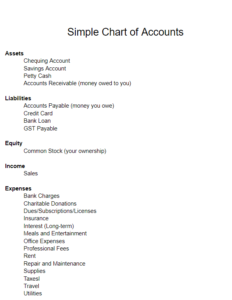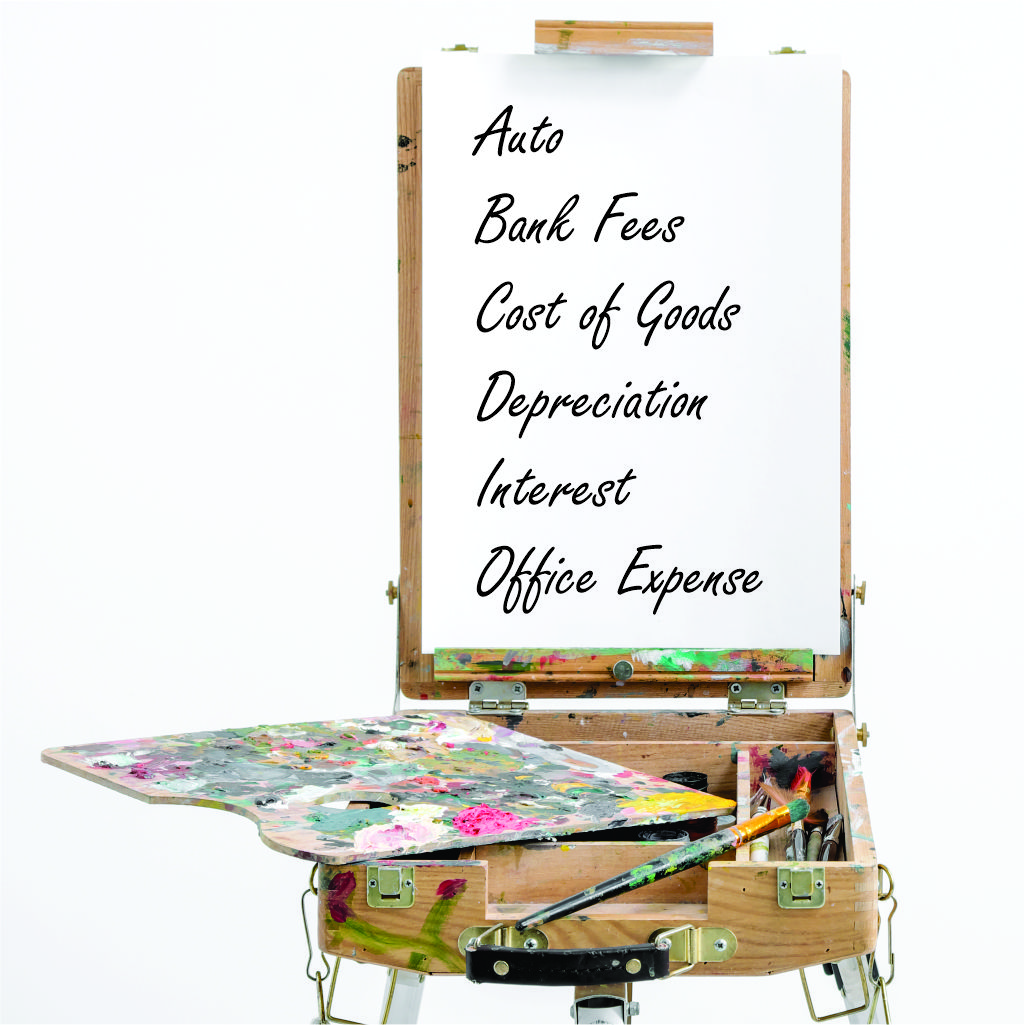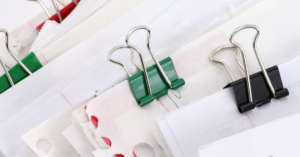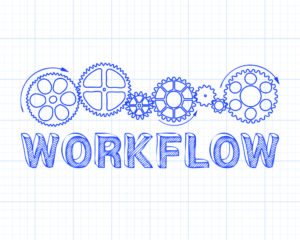Two Secrets to creating an awesome chart of accounts
The chart of accounts is the breakdown of all the financial transactions of your business into subcategories of assets, liabilities, equity, income and expenses. A well-designed chart of accounts is the underpinning of your financial reports in QuickBook.
Reports are what help you to digest how money moves through your business. For example, your bank statement shows you the money you spent and received, but the chart of accounts is what allows you to keep track of how it was spent (e.g., cost of goods sold, office supplies, etc.) and what was received (sales, supplier refunds, government subsidies, etc.). It all starts with the chart of accounts.

Chart of Accounts Secret #1: See the Forest for the Trees
Like so much about bookkeeping, you want to always be asking yourself:
Why am I doing this?
There are two main reasons you want to have a great chart of accounts:
- For the seamless completion of your tax return
- So you can find the critical information you use to run your business
Learning to use a standard chart of accounts pays off.
Regardless of what your preferences are for naming accounts and organizing them, the accounting profession and CRA speak a certain language.
When you go your own way, the consequences can be pretty harsh, including having to start all over again from scratch. It’s like a construction project gone bad where the first inkling of something wrong is when the building collapses!
When you and your accountant don’t speak the same language, two things happen:
- you can’t communicate with your accountant
- your accountant can’t’ communicate with you!
The confused mind says no… and also charges you $350/hour!

Us Smart Monkeys have developed a simple chart of accounts that you can use as a guide. If you are one of our Bookkeeping Antidote Members, we have already set it up for you!
Chart of Accounts Secret #2: Don’t Split Hairs
You don’t want too many accounts!
How granular things get depends on what you need to see in your particular business, but follow these 3 rules and you will build yourself a fantastic foundation that will serve you well in the months and years to come.
- Get help. The chart of accounts is the foundation and if you don’t have accounting experience, you can really screw this up.
- Keep it simple. Use broad categories like Travel (gas, taxi, parking, rental car, air fare), Office Expenses (stationery, software subscriptions, printers), Utilities (telephone, gas, water, electricity).
- If you do break things out, for example you want to see your bank charges and your merchant credit card charges, use sub categories. Here is how you would set that up:
https://vimeo.com/507735408/80a8081028
At the end of the day, the chart of accounts is the language that provides a common footing for you to run your business, and for your accountant to prepare your taxes and advise you. Setting it up properly by following these rules is a simple investment that will benefit you now and for the life of your business.




